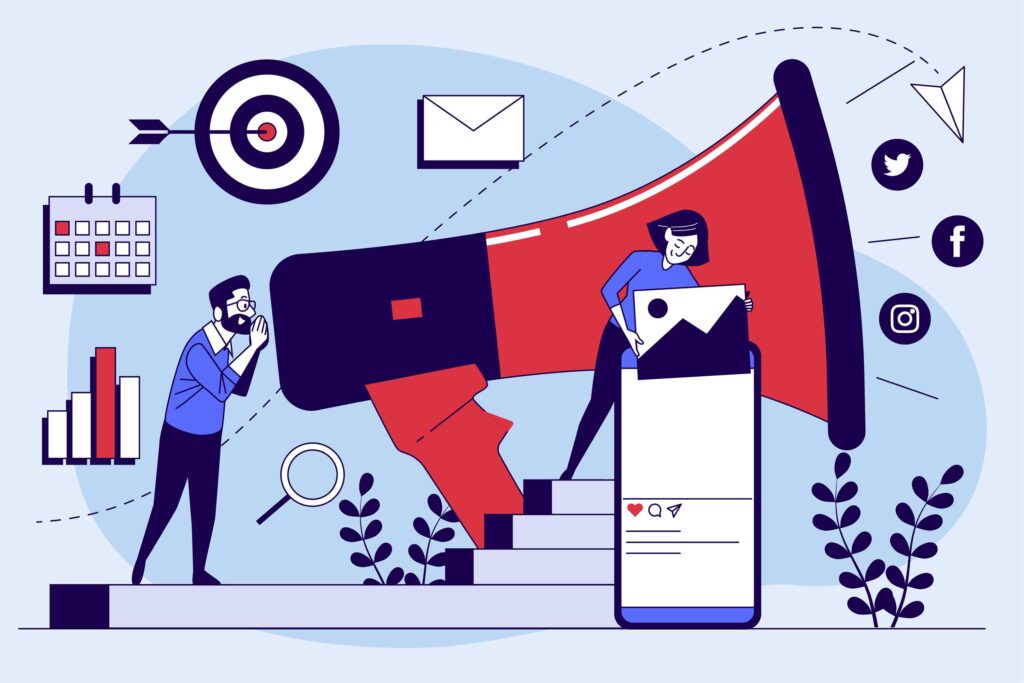Introduction
We live in a world of information overload—endless notifications, nonstop content, and relentless ads. As a result, a growing number of consumers are embracing digital minimalism. They’re turning off push alerts, reducing screen time, and actively avoiding marketing noise.
For brands, this creates a new challenge: How do you reach people who don’t want to be reached?
The answer lies in a smarter, softer approach—delivering value over volume and meaning over metrics.
1. Understanding the Digital Detox Movement
Digital detox isn’t just a wellness trend—it’s a lifestyle shift.
Why consumers are unplugging:
- Mental health concerns from constant digital engagement.
- Desire for more intentional living and real-world connection.
- Fatigue from information overload and ad saturation.
- Privacy concerns and resistance to data tracking.
This shift impacts how, when, and where audiences are open to brand messages. People are becoming more selective, giving their attention only to content that truly matters.
2. What Digital Minimalists Expect from Brands
These consumers are not anti-brand—they’re anti-busyness. They reward companies that respect their time and offer genuine value.
What they want:
- Less frequency, more value: Fewer emails and posts, but with deeper relevance.
- Transparency: Clear, honest messaging without clickbait or over-personalization.
- Respect for privacy: Minimal tracking and ethical use of data.
- Opt-in control: The ability to choose when and how they engage with you.
Winning mindset: Instead of “how often can we appear?” ask “how meaningful is our presence?”
3. Marketing Strategies That Align with Digital Mindfulness
To resonate with detoxing audiences, focus on quality, simplicity, and intention.
Effective approaches include:
- Permission-based marketing: Let users choose the frequency and type of content they receive.
- Value-driven content: Educational resources, thoughtful blogs, or curated newsletters.
- Quiet branding: Subtle, aesthetic campaigns that don’t shout for attention.
- Content minimalism: Clean design, fewer pop-ups, and focused messaging.
- Offline touchpoints: Events, print, or hybrid experiences to reconnect away from screens.

4. Platforms and Formats That Work Better for Less-Connected Audiences
Reaching mindful consumers requires rethinking channels and timing.
What works well:
- Email newsletters: Long-form, opt-in content that users engage with on their own time.
- Podcasts: Passive consumption during walks, commutes, or downtime.
- SMS (used sparingly): Quick, timely updates with value—not promotions.
- Private communities: Invite-only forums or groups that feel exclusive and controlled.
- In-person experiences: Small gatherings, pop-ups, or co-branded physical products.
Avoid:
- Bombarding users with daily emails.
- Aggressive retargeting and remarketing ads.
- Overreliance on fast-paced social platforms.
5. Building Trust in a Noise-Resistant Market
For detoxing audiences, trust is the new currency. They want to feel safe, not sold to.
How to build it:
- Be consistent and intentional in your messaging.
- Offer transparency in how you collect and use data.
- Deliver content that enriches their lives—not just your funnel.
- Make opting out easy (and guilt-free).
- Share values that align with digital wellness and user control.
When users trust your brand, they’ll invite you back into their digital lives—even if they’ve shut others out.
Conclusion
In a world craving quiet, your brand’s greatest asset is restraint.
By prioritizing value over volume, and trust over tactics, you can create marketing that honors the digital detox movement while still driving results.
Sometimes, saying less truly says more.





